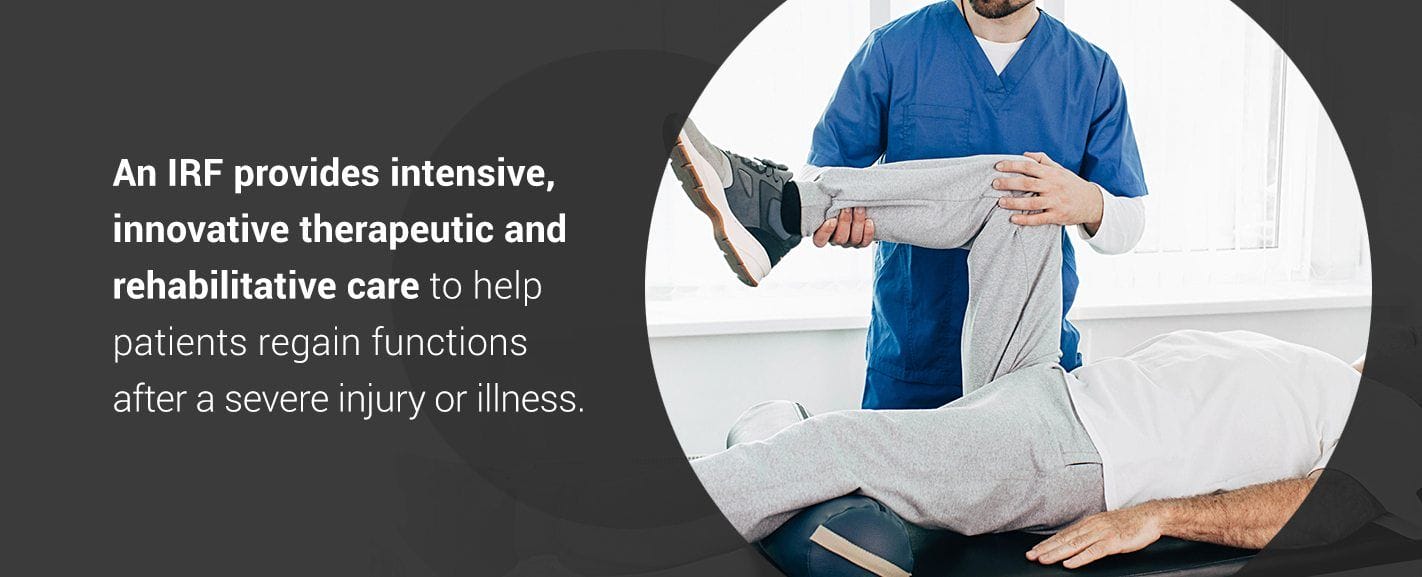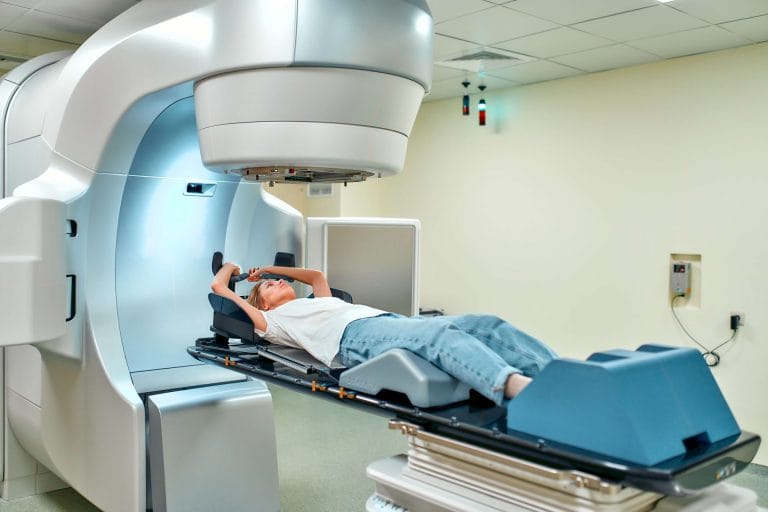When patients receive their hospital discharges after a critical illness or injury, but still need care, several types of facilities can help them transition from the hospital back to their homes.
Long-term acute care hospitals (LTACHs) provide care for severe cases. For example, 10 to 20% of patients recovering from critical illnesses will experience persistent organ failures that require prolonged, complex medical care. In these and other scenarios, stays in LTACHs are on the rise.
Find the Right Care Facility Near You
Stays in skilled nursing facilities (SNFs) are also common. According to the U.S. Department of Health and Human Services, 35% of Americans will require care in a nursing facility at some point, with long-term acute care facility and inpatient rehabilitation facility (IRF) stays only adding to that figure.
But what are these different types of healthcare facilities, and how can you figure out which one is best for you or a loved one? Below, we will explain what LTACHs, IRFs and SNFs are, discuss some differences between them and offer advice on how to choose the one that is right for you or your family.
What Is a Long-Term Acute Care Hospital?
This term refers to a hospital for patients who are still ill enough to require a high level of complex care. These patients do not need to stay in the hospital in the intensive care unit or for emergency treatment — their health is relatively stable — but they still require a more sophisticated level of care than many other facilities can provide. An LTACH delivers more or less a continuation of hospital-level care in a longer-term setting.
An LTACH provides services for patients with complicated medical requirements, such as the management of several co-morbid medical conditions, complex wound or burn care, severe brain injuries, respiratory therapy or ventilator weaning. Patients who require intravenous medications or fluids or receive their nutrition through a feeding tube are also likely to require stays in LTACHs. All patients at LTACHs will typically see a physician every day, and it is common for patients to stay for several weeks.
Admission to an LTACH generally requires medical documentation of the fact that the patient has complicated recovery ahead that will require long-term inpatient treatment.
Long-term acute care hospitals are advantageous because they offer intensive, round-the-clock care to help manage complicated medical conditions.
Explore LTACH Options in Your Area

What Is an Inpatient Rehabilitation Hospital?
An IRF provides intensive, innovative therapeutic and rehabilitative care to help patients regain functions after a severe injury or illness. Patients live at the inpatient hospital and receive intensive daily therapy to help strengthen and repair their bodies. At these hospitals, caregivers expect patients to commit to rehabilitation sessions of at least three hours of therapy a day, five days a week.
IRFs are useful for people recovering from a wide variety of severe injuries and impairments, including brain injuries, strokes, other neurological disorders, multiple joint replacements and fractures to the pelvis or lower extremities.
At IRFs, the goal is to help restore physical independence, get people home and prevent readmissions. Healthcare providers plan therapies and treatments with these goals in mind. Patients typically have their care managed by a multidisciplinary team composed of physicians, nurses, and therapists.
IRFs are advantageous because they offer tailored strategies for helping patients regain their abilities after severe injuries and illnesses. Some patients, though, will need a more intensive level of care than an IRF can offer.
Locate a Rehabilitation Hospital Nearby
What Is a Skilled Nursing Facility?
A skilled nursing facility is another common destination for patients after they get discharged from the hospital. A skilled nursing facility is usually for patients who do not need the intensive level of care offered by a long-term acute care hospital but still require medical care and support before they can live on their own.
Skilled nursing care offers more than just custodial care — that is, assistance with managing daily needs, such as getting dressed and bathed and using the bathroom. It provides specific medical care in response to health conditions, injuries and procedures. A skilled nursing facility often provides continuing care for patients who have suffered conditions such as heart attacks or shock, hip or femur fractures or surgeries, joint replacements, sepsis and kidney and urinary infections.
The average length of stay is about four weeks, though a patient can remain in the facility for as long as they need care. Typically, for admission to a skilled nursing facility, a patient must commit to one to one and a half hours of therapy a day. Physicians will be on staff, but nurses will handle much more of the daily care.
Skilled nursing facilities are advantageous for many patients because they offer quality care and condition management. However, for some patients, a skilled nursing facility will not provide the intensive level of therapy or management they require.
The Main Differences Between LTACHs, IRFs and SNFs
The fundamental variations between LTACHs, IRFs and SNFs have to do with the following aspects of care and treatment.
- Complexity of medical care: The medical care provided at LTACHs is much more involved than the care provided at SNFs and IRFs. Patients who need complex, intensive care will want to choose long-term acute care hospitals, but patients requiring more moderate care will likely want to choose skilled nursing facilities or inpatient rehabilitation hospitals, depending on their circumstances.
- Level of therapy offered: For specific therapies and intensive rehabilitation programs designed to restore a patient’s independence, inpatient rehabilitation hospitals are usually the best fit. Long-term acute care hospitals may offer some therapies and rehab services, but these are far from the main focus. Skilled nursing facilities may do the same, though at a less intensive level. However, patients who do not wish to commit to three hours of therapy or rehabilitation a day may want to seek alternatives to inpatient rehabilitation hospitals.
- Staffing: Long-term acute care hospitals typically employ in-house doctors, and patients will see a doctor at least once a day. Inpatient rehabilitation hospitals and skilled nursing facilities also have physicians on staff, but therapists and nurses take on more of the daily care management.
- Cost: Because of their more complex and intensive medical services, long-term acute care hospitals are the most expensive of the three options. Skilled nursing facilities are more cost-effective options for patients who do not have complex care needs, though private insurance programs, Medicare and sometimes Medicaid can help with the expenses.

Contact PAM Health for Your Medical Care and Rehabilitation Needs
When you need to choose a care option for yourself or a family member, let PAM Health help. We can help you find the right level of medical care or rehabilitation services. We offer more specialized services than other acute care centers, and we also provide state-of-the-art medical hospitals, along with specialized therapy equipment.
But our caring and friendly team members make the difference — no matter your medical needs, you can trust our team to see you as an individual, take your specific needs into account and give you the best care possible during recovery.
Use our online map to find a location near you, then contact us to learn more or to schedule a tour.
Find a PAM Health Location Near You



